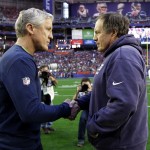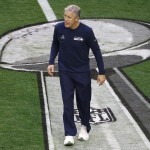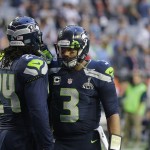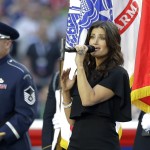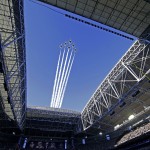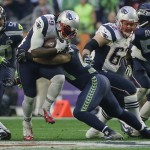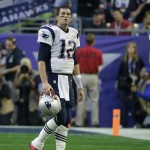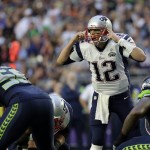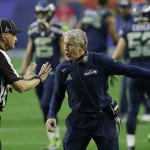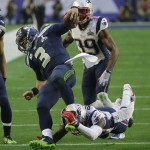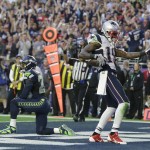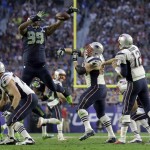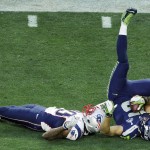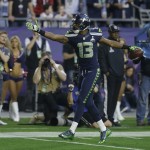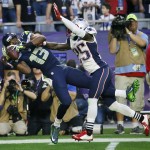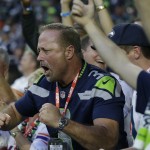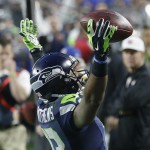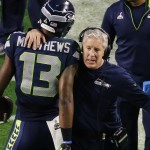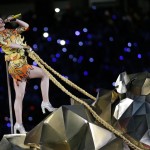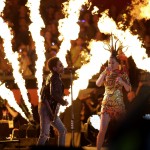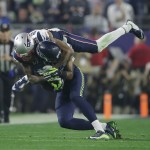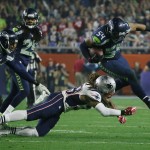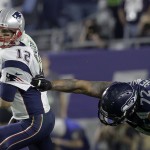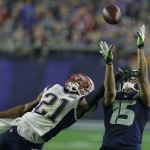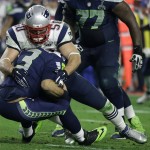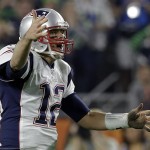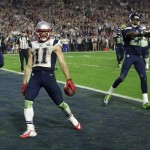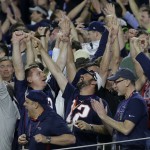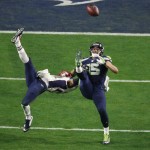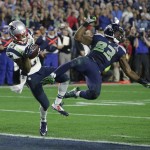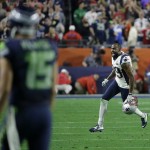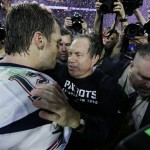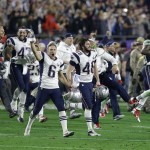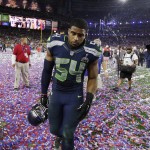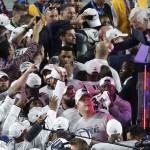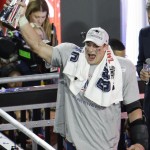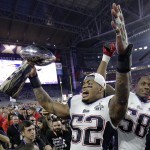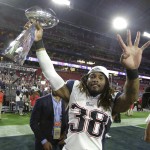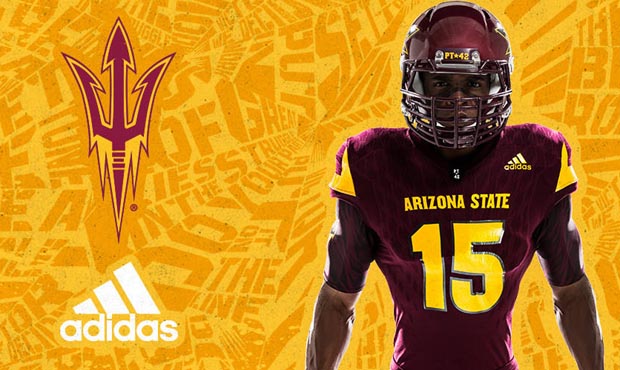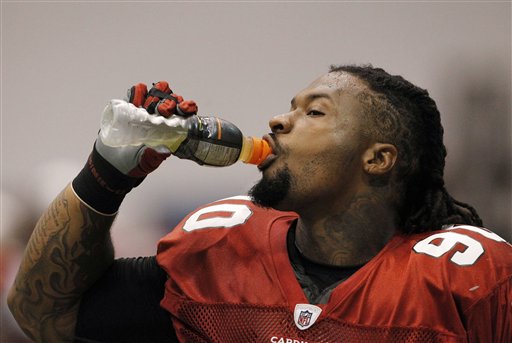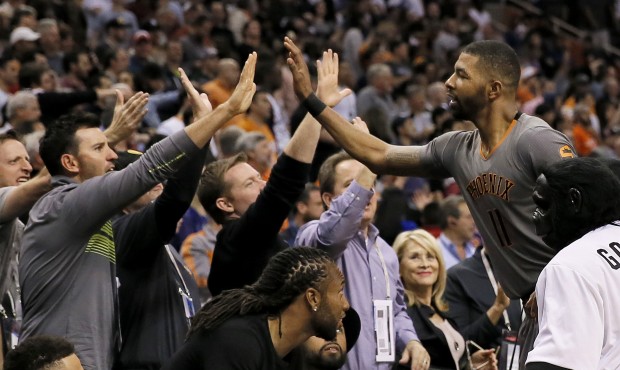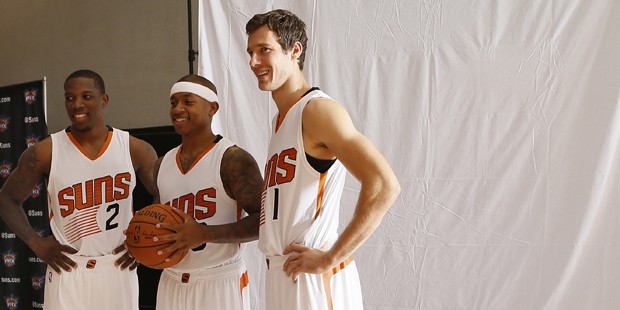Save your Seattle Seahawks’ play call conspiracy theory, please
Feb 4, 2015, 1:38 AM | Updated: 1:39 am

I’ve heard a lot of conspiracy theories in my time — both in and out of the world of sports — but I’ve never witnessed one as silly as this “Seattle didn’t want Marshawn Lynch to be the hero of the Super Bowl” one.
Yes, there are people saying that above sentence as fact — with straight faces, no less. I mean, that’s the only logical reason why Pete Carroll and his offensive coordinator, Darrell Bevell, wouldn’t give the ball to the Seahawks’ most consistent offensive threat in the closing seconds of Super Bowl XLIX with a championship in the balance, right?
Pardon my descent into text talk, but that makes me #LOL and #SMH.
Are we supposed to forget that Lynch handled the ball 25 times, or 47 percent of Seattle’s plays last Sunday? He accounted for 133 yards from scrimmage and scored the Seahawks’ first touchdown. Not to mention that on the play previous to Malcolm Butler intercepting Russell Wilson at the 1-yard line to effectively seal the deal, Lynch carried for four yards and nearly got into the end zone.
But at that moment, Carroll and Bevell conspired to freeze out their heart and soul to shift glory to Wilson, the more media-friendly star who’s certain to be with the organization much longer?
#LMFAO.
Look a little further than the hysteria of a convenient conspiracy theory and you’ll find that the play call unearthed by Seattle wasn’t that far from what they’ve done all season.
Prior to Sunday, the Seahawks ran nine plays from the opponent’s 1-yard line. You’d probably bet that meant nine Lynch runs and nine Lynch touchdowns. You’d also be wrong.
Lynch got the ball from the 1-yard line on five occasions in 2014, and scored only once. In fact, for his career, the most feared running back in football has converted only 41.6 percent (15-of-36) of his runs from the 1-yard line into touchdowns.
It’s not just a Lynch issue, either. Use this tweet from Mike Sando of ESPN as further proof.
Dead horse alert: While I would have called RB run, #Seahawks since '12 rank 31st in RB TD pct from 1YL at 37.5% (16 att, 0 yds, 6 TD)
— Mike Sando, ESPN.com (@SandoESPN) February 3, 2015
I can’t tell you how many times I’ve heard “just go jumbo and run Beast Mode through the middle” in the past couple of days. Hell, I would have leaned that way too. It’s just simply not what Seattle does in similar situations.
In ten situations from the opponent’s 1-yard line, the Seahawks used a “jumbo” formation, with three tight ends and a fullback in front of Lynch, only twice. They scored on one of those plays.
Much more frequently, Seattle employed what they did on that fateful play Sunday — three wide receivers and Wilson in the shotgun flanked by Lynch. In fact, they ran a play from that formation on six out of 10 plays.
Furthermore, league-wide in 2014, teams who threw from the 1-yard line scored more at a higher rate than teams that ran from the same distance. Of 223 runs from the 1, 57.8 percent ended in touchdowns, while 58.9 percent of 112 passes resulted in six points.
Again, we’re all thinking that not running Lynch from the doorstep of the goal line is dumb — especially with a second consecutive Vince Lombardi Trophy hanging in the balance.
But in reality, the play call wasn’t the problem. The execution of the play and the Seahawks’ misuse of timeouts earlier in the drive were.
These are highly-paid professionals who thrive on competitiveness and are driven by ego. Sorry if I don’t believe your theory that the Seahawks were “sending a message” with that call to make Wilson the hero and prevent Lynch from winning the Most Valuable Player Award.
First, there’s no guarantee that with a touchdown run on that play, Lynch would have been the MVP. You could make strong arguments for receiver Chris Matthews or defensive lineman Michael Bennett to take the award.
Second, if the Seahawks want to “freeze out” a teammate or “send a message,” they usually aren’t so petty in handling the problem.
Just ask Percy Harvin.
Again, I really disliked the play call. I would have run Lynch once or twice from that close. If I was a Seattle fan, I’d be beside myself that they chose not to utilize their biggest offensive advantage in that situation.
But the notion of a conspiracy is laughable.




